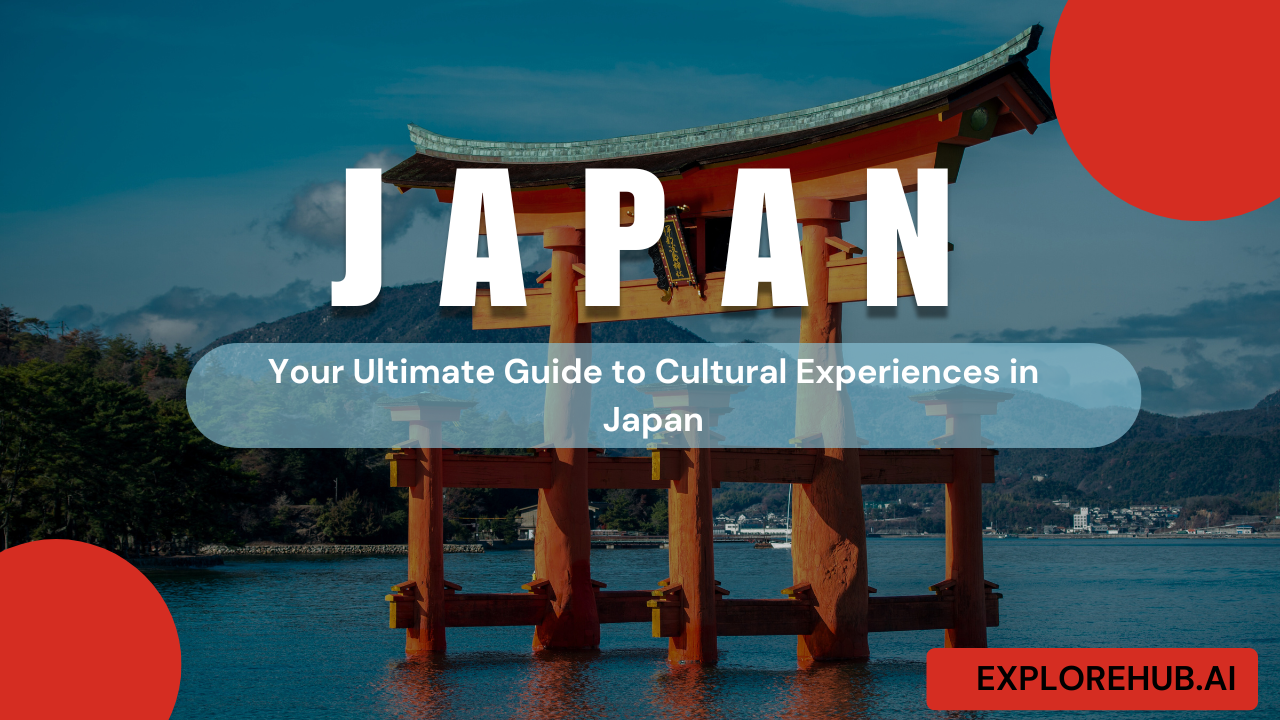Japan is a land of endless fascination, where ancient traditions meet cutting-edge modernity. Whether it’s the graceful art of calligraphy or the vibrant energy of anime, Japan’s cultural experiences offer something for everyone. If you’re planning to immerse yourself in this unique culture, here’s your ultimate guide to exploring the best of what Japan has to offer.
Table of Contents
Traditional Arts and Crafts
Calligraphy (Shodō)
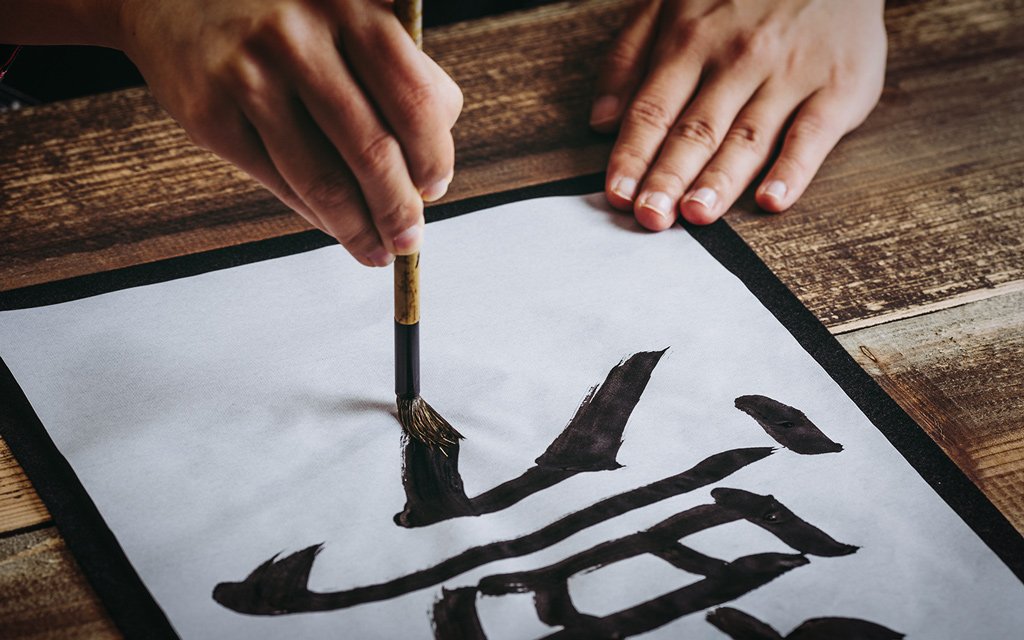
Calligraphy, or Shodō, is more than just writing; it’s an art form that reflects the beauty and discipline of Japanese culture. You can join workshops in cities like Kyoto or Tokyo to try your hand at this meditative practice.
Tea Ceremony (Sadō)
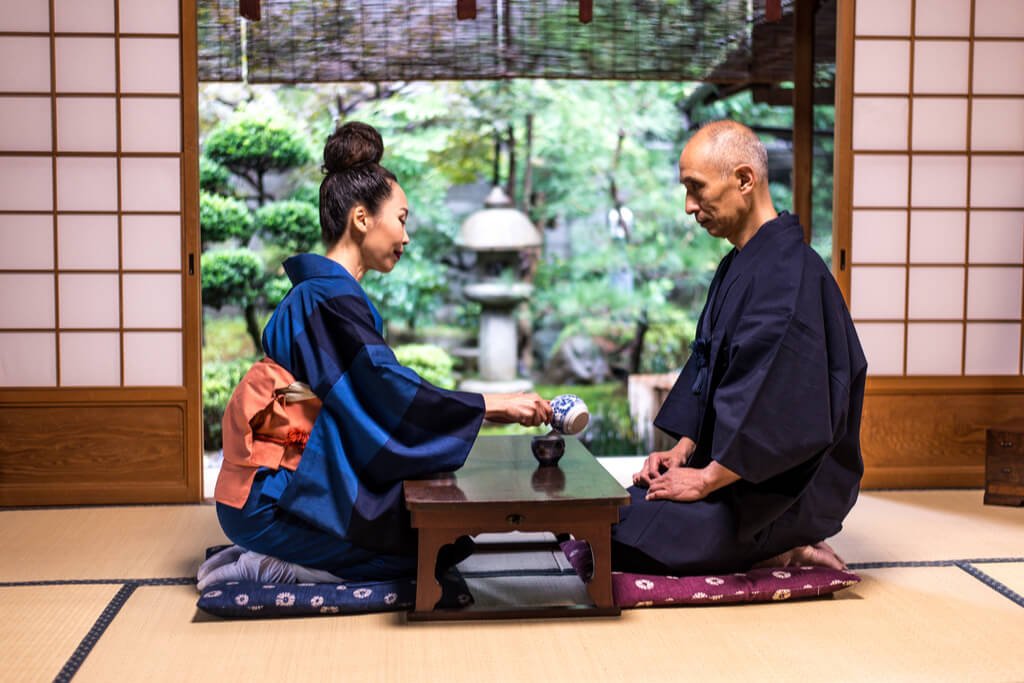
The Japanese tea ceremony is a spiritual experience that emphasizes harmony, respect, purity, and tranquility. Attend a tea ceremony at traditional tea houses to feel the essence of Japanese hospitality.
Ikebana (Flower Arranging)
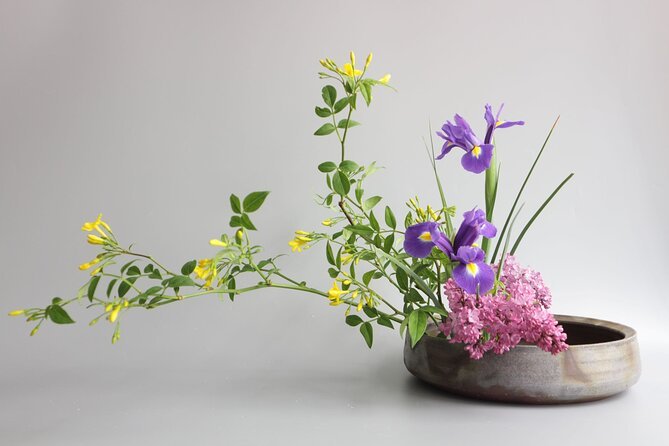
Ikebana is the art of flower arrangement that focuses on harmony and simplicity. Participating in an Ikebana class will give you a deeper understanding of Japanese aesthetics and philosophy.
Culinary Experiences
Sushi-Making Workshops
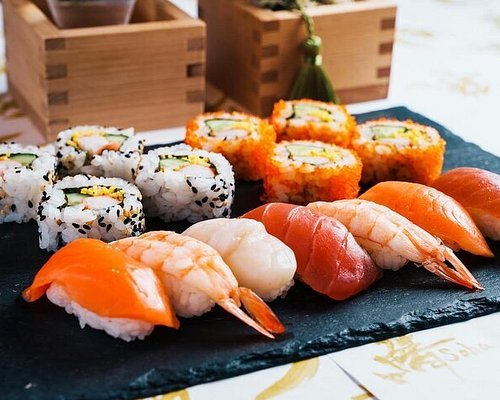
Dive into the world of sushi by joining a workshop. You’ll not only learn the history of this beloved dish but also get hands-on experience creating your own sushi rolls.
Wagashi (Japanese Sweets)

From mochi to dorayaki, Japanese sweets are a treat for the senses. Many confectionery shops offer classes where you can learn the intricate art of making wagashi.
Kaiseki Dining
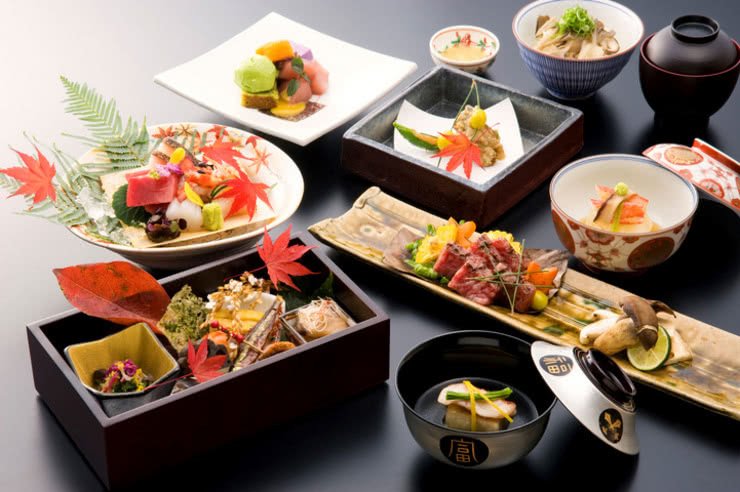
A traditional multi-course feast called kaiseki highlights the chef’s abilities and the ingredients of the season. A Kaiseki dining experience is a unique gastronomic adventure.
Traditional Clothing
Kimono Dressing

A representation of Japanese elegance and culture is the kimono.Rent a kimono and take a stroll through historic districts like Gion in Kyoto for a truly immersive experience.
Yukata in Summer Festivals
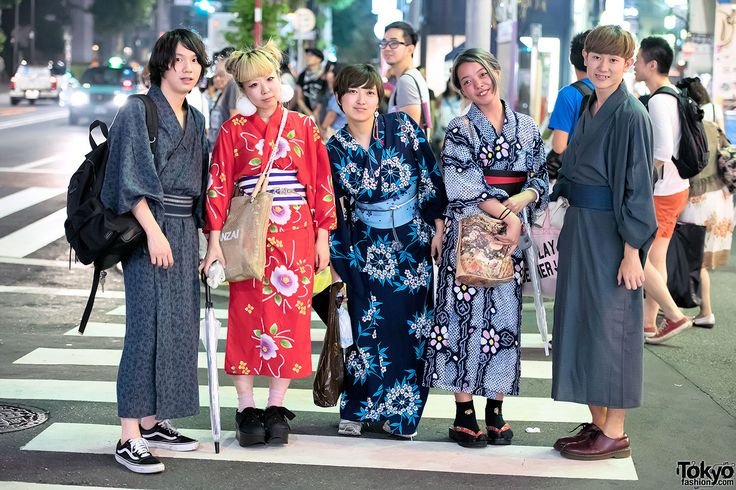
A yukata is a lightweight kimono worn during summer festivals. Join the festivities dressed in a yukata to feel like a local and soak in the vibrant atmosphere.
Historic Sites and Architecture
Temples and Shrines
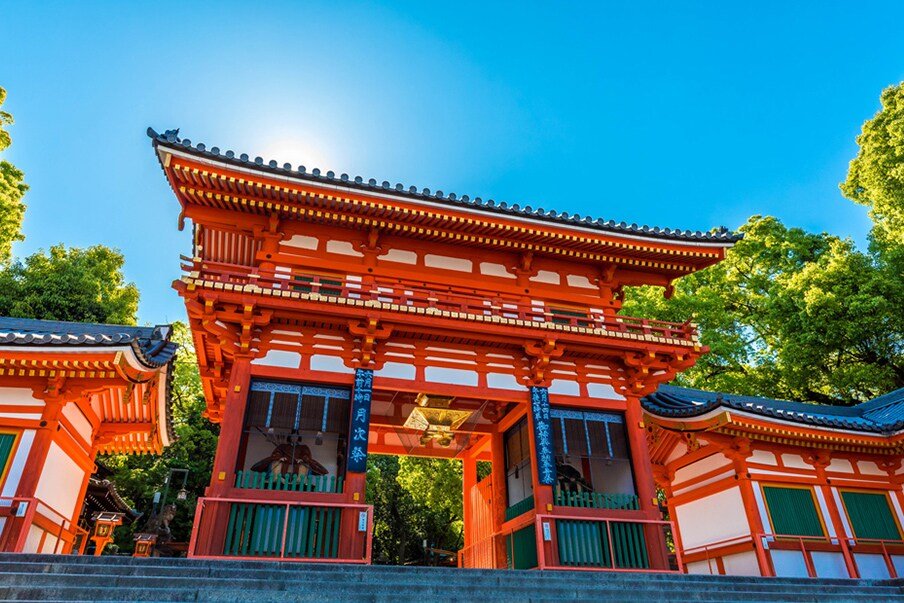
There are innumerable temples and shrines in Japan, each with a unique history. Visit iconic sites like Kinkaku-ji (Golden Pavilion) or Meiji Shrine to connect with the spiritual heart of Japan.
Samurai Residences
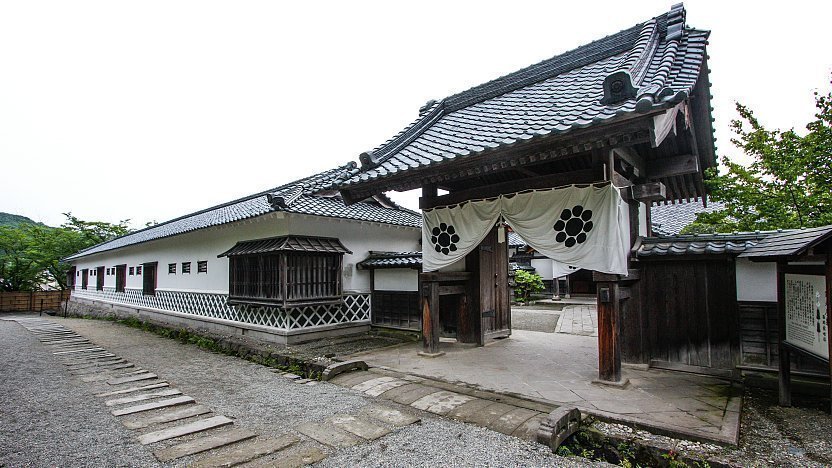
Step back in time by visiting preserved samurai residences. These historic sites offer a glimpse into the lives of Japan’s warrior class.
Performing Arts
Kabuki Theater
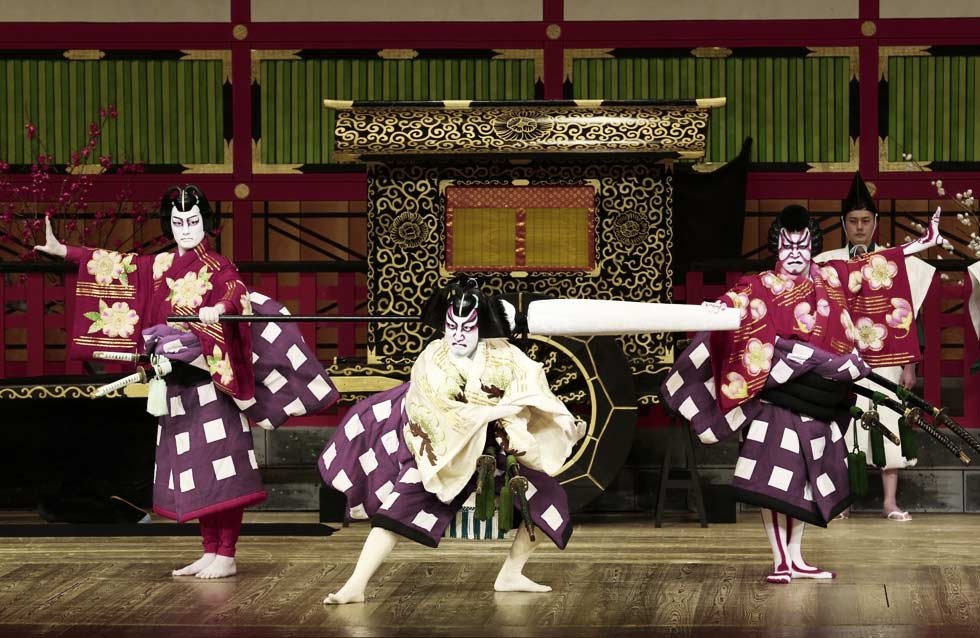
Kabuki is a traditional form of Japanese theater known for its elaborate costumes and dramatic performances. Watching a Kabuki play is a must for theater enthusiasts.
Noh and Kyogen
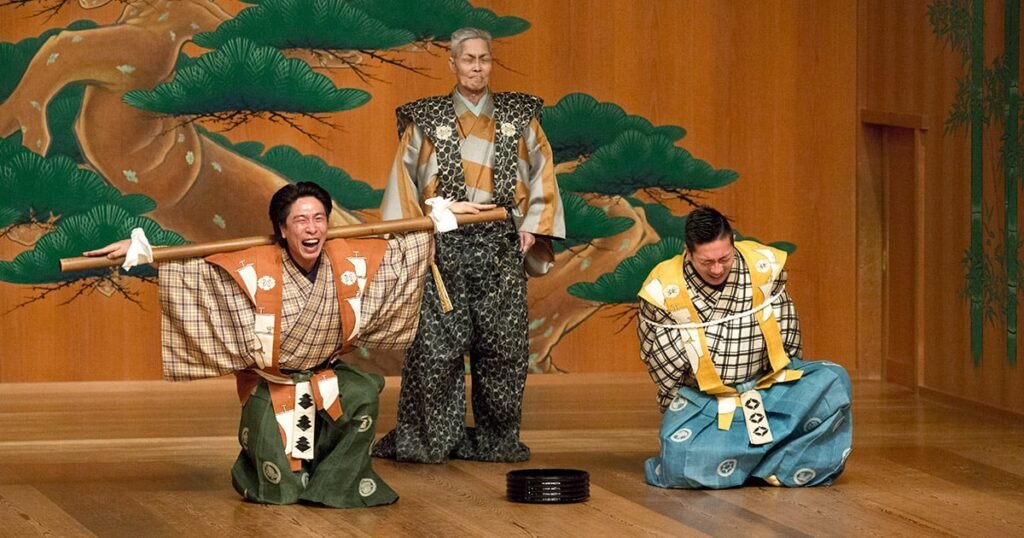
Experience the world of Noh and Kyogen, two classical theater forms that combine music, dance, and drama. Many venues now offer English translations to help visitors understand these age-old stories.
Taiko Drumming

Feel the power of Taiko drumming by attending a performance or joining a workshop. The rhythmic beats are sure to energize and inspire you.
Seasonal Festivals
Cherry Blossom Festivals
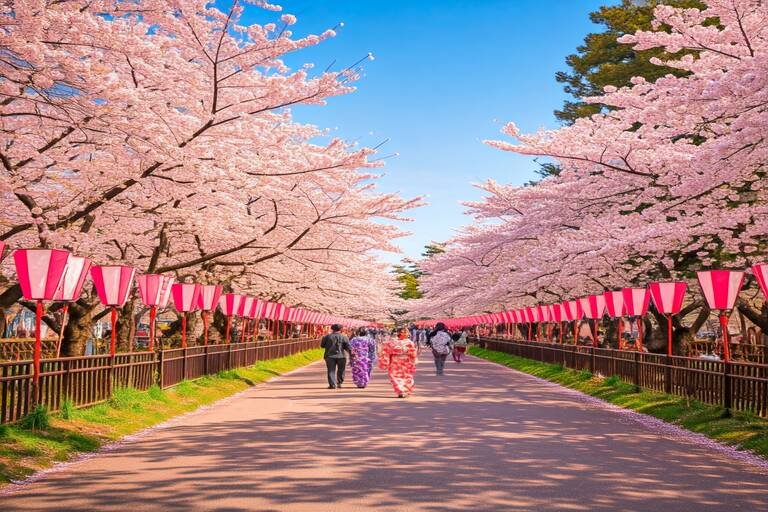
Cherry blossoms bloom in Japan in the spring, and hanami, or flower watching, is a beloved custom. Visit parks like Ueno or Maruyama for breathtaking views.
Gion Matsuri
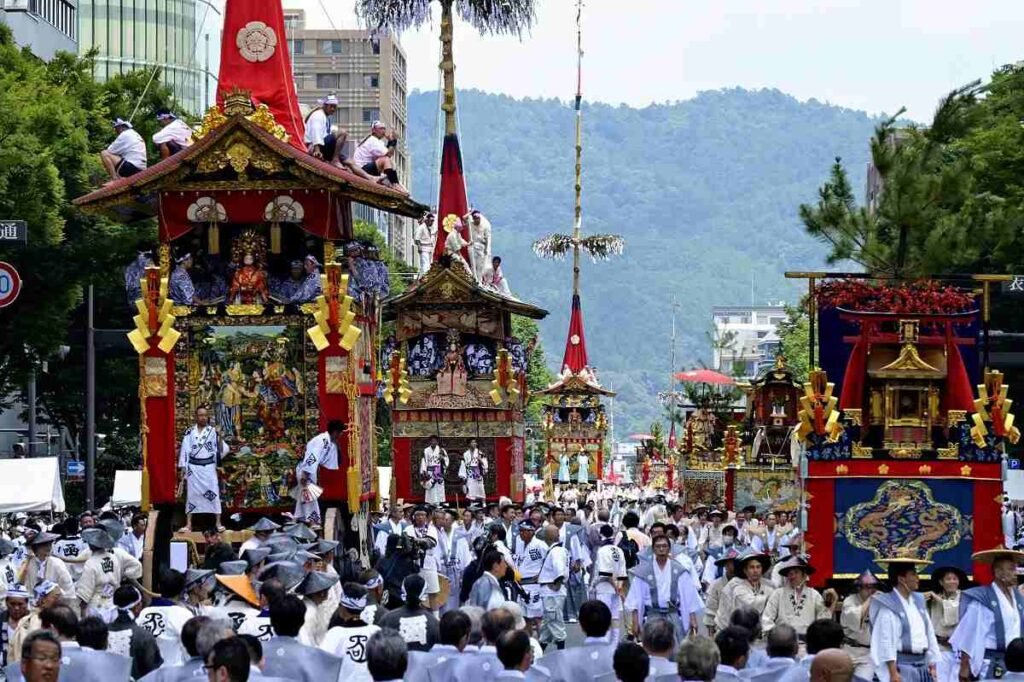
Kyoto’s Gion Matsuri is one of Japan’s most famous festivals, featuring grand processions and lively street events. Don’t miss the chance to see this cultural extravaganza.
Modern Cultural Blends
Anime and Manga
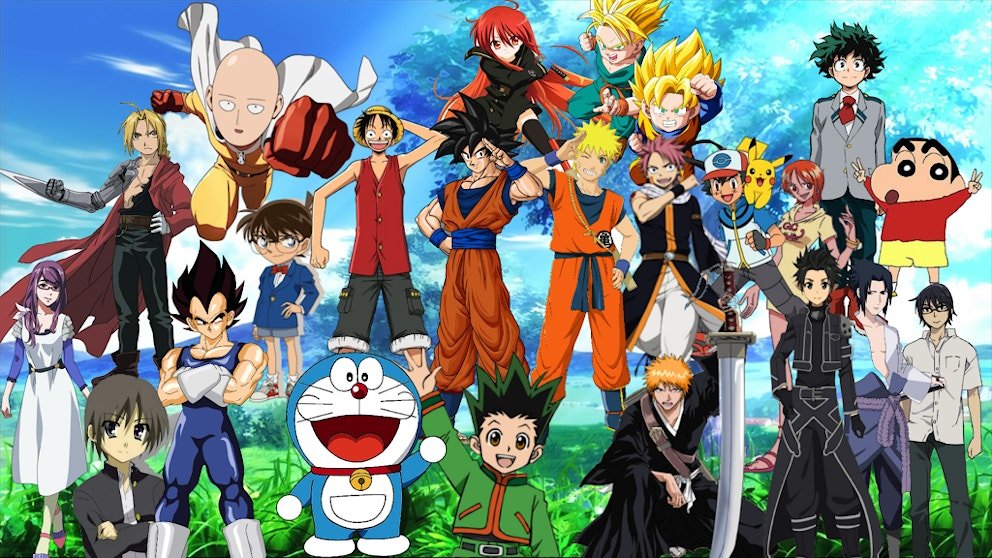
Anime and manga are integral to Japan’s modern identity. Explore themed cafes, shops, and attractions like the Ghibli Museum to delve into this vibrant subculture.
Pop Culture Cafés

From maid cafes to animal-themed establishments, Japan’s quirky pop culture cafes are a unique experience. Akihabara in Tokyo is the best place to start.
Spiritual Practices
Zen Meditation
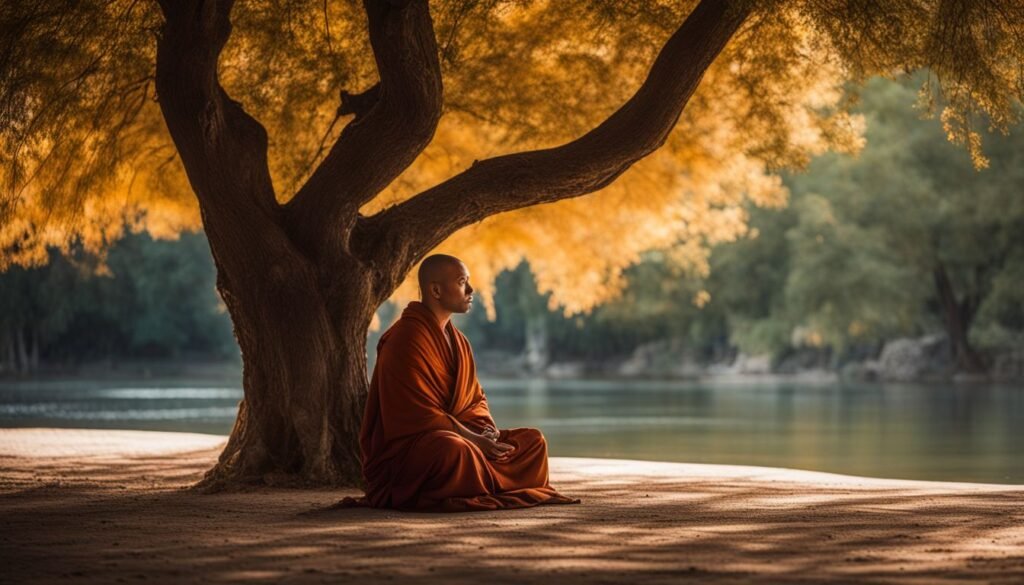
Find inner peace through Zen meditation. Many temples offer sessions for beginners, allowing you to practice mindfulness in serene surroundings.
Onsen Culture

Relax and rejuvenate in a traditional Japanese hot spring, or onsen. Whether it’s a rustic outdoor bath or a luxurious spa, soaking in an onsen is a must-try experience.
Conclusion
The cultural experiences offered by Japan are both varied and enlightening. There are many ways to fully immerse yourself in this interesting culture, ranging from ancient customs to contemporary developments. Thus, prepare for an amazing journey across the Land of the Rising Sun by packing your bags.
Also visit:
Plan Your Adventure: Top Hiking Trails in Colorado for Weekend Getaways
The Most Scenic Top Hiking Trails in Colorado for Stunning Views
Explore Beyond Rome and Venice: Hidden Gems in Italy
Hidden Gems in Italy: Your Guide to Offbeat Adventure
Hidden Germs in Italy: Unique and Undiscovered Places
The Best Beaches in Florida for Nature Lovers

